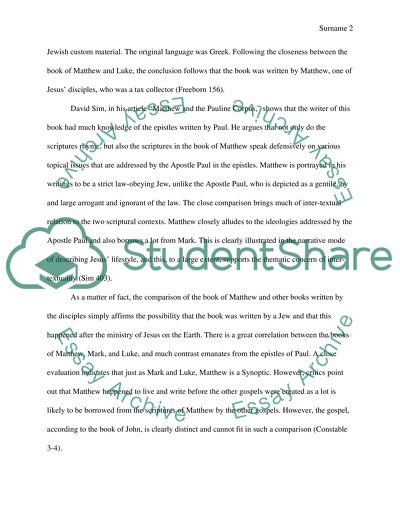Cite this document
(“An Investigative Study on the Book of Matthew Term Paper”, n.d.)
An Investigative Study on the Book of Matthew Term Paper. Retrieved from https://studentshare.org/religion-and-theology/1402409-the-gospel-of-matthews
An Investigative Study on the Book of Matthew Term Paper. Retrieved from https://studentshare.org/religion-and-theology/1402409-the-gospel-of-matthews
(An Investigative Study on the Book of Matthew Term Paper)
An Investigative Study on the Book of Matthew Term Paper. https://studentshare.org/religion-and-theology/1402409-the-gospel-of-matthews.
An Investigative Study on the Book of Matthew Term Paper. https://studentshare.org/religion-and-theology/1402409-the-gospel-of-matthews.
“An Investigative Study on the Book of Matthew Term Paper”, n.d. https://studentshare.org/religion-and-theology/1402409-the-gospel-of-matthews.


